One of the best things that came out of taking the Christian Imagination course at Regent College was the opportunity to meet people from all walks of life. It's where I met my beautiful friend Naomi, who wrote a post on two ways of walking into a room for this blog earlier this year. And it's also where I met Tze (say "zee"), a photojournalist/documentary filmmaker who's worked with organisations like Overseas Mission Fellowship (OMF) and SIM International (formerly Serving In Mission).
The journalist in me was pretty intrigued by his life story and experiences. I mean, this dude has been to over 27 countries for work, and has taken more than 200 flights to date. He has tons of fascinating (and often hilarious) stories to share, and he's been in situations and places that not many would deign to be in - sewers in Mongolia anyone?
As an individual, he constantly looks out for people who might not fit in or be accepted in society. It's what his photos and films consistently bear witness to, as you will discover in this interview.
His work has also encouraged me to figure out how to step out of my comfort zone and find ways to care more deeply and thoughtfully for the less fortunate and marginalised.
Read on to find out how Tze was led to become a missionary, what drives and motivates him, and how God has been faithful in his life.
(Note: The interview is a tad long, so bookmark it if you have to. It's been whittled down from a three-hour-long conversation we had at a cafe where a bunch of girls seated near us thought I was interviewing a celebrity... soooo yeah it's definitely worth a read!)
xx,
iz
Hi, Tze! How did you get started in photography?
"I travelled on my own for the first time when I was about 14. I always photographed along the way. When I turned 16, my dad gave me an old film SLR. After I left high school, I spent a month in Canada hiking and climbing and canoeing in the Rockies, and I brought that camera with me. There were no automatic functions on it, it had a broken light meter, and my dad just wrote out a few combinations and sellotaped it on the back of the camera, so I had to extrapolate and guess the exposures."
Your photography is often tied to travel. Why is that so?
"I wasn't originally drawn to photography as an art form. It's more about recording the things that I’ve seen and the places I’ve been to.
When I was younger, I wanted to go to theme parks like Disneyland, but my parents weren’t the type to bring me to places like that. We had amazing holidays: a road trip in the US, travelling around Europe, staying in a cottage out in the mountains in Scotland... this one time, we went to Bali in Indonesia and they took me out for lunch at the side of a volcano, and I could see the smoke rising out of it.
I’ve always wanted to explore the world, and photography is a part of it."
Describe your photography style.
"Photojournalism and social documentary would be the main categories. They’re both about telling stories with photos. Social documentary is about documenting the experience of humanity.
I want to show as much care and attention to the way I photograph a homeless person, or a poor person in a village, as we do for people in magazines. If I’m photographing someone in a village, I want to do it in as dignified a way as possible."
How did your love for photography lead you to the mission field?
"When I was 21 years old, I went to the Far East as a missionary church planter. After a few months, I realised that I was too young to be church planting. I wasn’t literally planting churches; I was just involved with the ministry that was, and I didn’t have the experience. I also realised that I didn't have enough patience with people to do the pastoral side of things. But I still felt called to missions, so I asked myself: "What are the gifts, skills and passions God has given me and how can I best use those for Him? I love travel, stories, photography, exploration and adventure – how can I put all this together?" So I did, and it’s basically what I do now."
“It was only when photography became connected to mission work that it became something deeper for me. While I was at university studying geography, I wanted to be a documentary filmmaker, wildlife photographer or journalist. But when I became a Christian, I realised that there was such a thing as spiritual poverty, and there aren’t many people working in that. So the shift from developmental work to missions came about quite naturally.”
What are the goals you strive for in your body of work?
"There are a number of ways that photography feeds into mission work. Firstly, it’s not direct in that I’m not teaching the Bible or evangelising or spreading the gospel. It’s more like a support role. So one way it functions is to educate and inspire Christians about what God is doing around the world and inspire them to get involved by praying, giving or becoming missionaries themselves.
Secondly, I think that more Christians would care more about their brothers and sisters in other parts of the world if they knew more about them and could connect to them in some way. So I want to help people see through different eyes. I’m very aware that I’m very lucky to do what I’m doing. Most people don’t have the resources or the freedom, even, to pick up and go.
Thirdly, my work is about expressing the unity of the body of Christ. We need to remember that the church is not just our local church. It’s a global church. It includes people from completely different backgrounds and lives, but in some way, we are all one in Christ. I see it as an expression of God’s glory."
What are the most memorable projects you’ve worked on?
"The Overseas Mission Fellowship (OMF) field in Mongolia contacted me about helping them with communications material in 2012. I was looking at OMF’s media as a whole and realised that most of our photographers would go out in the spring, summer or autumn, so all our documentation of Asia looked warm, tropical or sunny. But a massive proportion of Asia is affected by severe winters, and we had no reflection of that. I decided to go to Mongolia in the winter, where temperatures would be between -50 to -60°C, to experience what it’d be like.
I spent five weeks there and travelled around the country in a 4x4 living with nomads in their gers (what they call yurts). There are no roads in Mongolia so everything was cross-country, through mountain passes and across rivers. It was dangerous. When I arrived, Russia had just cut off the supply of diesel and petrol because Mongolia had just pulled down the statue of Lenin that was in the people’s square. I was with this other missionary and he asked: “Should we still go? We have one full tank of diesel and that’s it”. We prayed about it and decided we would just keep going in faith and see if God would provide, and that we would go as far as God wanted us to go.
We made it 5,000km around the entire country offroad, and every step of the way, we found diesel in miraculous ways. Part of it was providence: a Mongolian man who came with us knew some people and made some calls. Other times we would come to the village and someone there had stockpiled some diesel and we would buy it from them.
There were several times where we could and should’ve died. We had so many breakdowns in the middle of storms. One storm we were caught in was -40°C. Earlier in the day all sorts of stuff had gone wrong: one of our wheels had flown right off the car and all the nuts had gone off and were scattered around the wilderness. So we walked back and followed our tracks, and found four out of five of those wheel nuts within a two-mile stretch. It was amazing that we could see them... I think God led us to them. We would’ve been stuck in the middle of nowhere if we hadn’t found those.
Another time, our car's suspension beam just snapped right in half. The Mongolian man with us managed to fix it – he just had a hand-drill and a piece of rope, and I went around searching in the mountains for something that could be used, and I found a bed frame. I don’t know why it was there. I carried it back to the car and he managed to fix up the suspension beam with a piece of metal from that frame. We then limped back to a village, where we found a welder and he fixed it for us. Then the Mongolian shared the gospel with him and his daughter decided to make a commitment to Christ. That was just amazing.
While in Mongolia, I heard about homeless people who lived in the tunnels and sewers under Ulanbaatar to survive the winter. They’re such a forgotten community that no one cares or talks about. I might be the first person to have gone down there with a camera, and possibly the very first foreigner there. I did some portraits and a short video about these homeless men and women.
Then there were the miners in Bolivia who worship a devil-like figure called El Tio (“the uncle” in Spanish) in the mines underground, even though they’re Christians above ground. They have to give it sacrifices and offerings of alcohol and coca leaves. If you become a Christian in those mines, they’ll drive you out because they think that El Tio will be angry as you’re no longer giving him sacrifices.
The week before I arrived back in 2016, five people died in this one mine. A guy had fallen down a mine shaft and they picked him up in several different pieces. Another guy blew his arm off with dynamite, while someone else got impaled on the handles of a runaway cart.
This trip was part of identifying least-reached groups in Bolivia with SIM International. I went with a missionary who’s a doctor who was there to give them evacuation training. There is one guy who became a Christian – he broke his neck by falling down a vertical shaft, but he just walked back out of the mine. What he didn't realise was that he was millimetres away from total paralysis or instant death. So the doctor used this to make contact and make a connection with these miners."
“Sometimes, photos can be a bit triumphalist – they’re like trophies you collect. But because it’s joined to mission work for me, photography is the way I relate to the world, people and missions. I want to tell people’s stories and honour them in the way I present them.”
What are the images you are proudest of?
"A photo of the Milky Way reflected over the Salar del Uyuni in Bolivia that I took in April 2016. It reminds me of how awesome the world and creation is. You look at it and you’re like: "That’s not our world". I want it to inspire people to see how incredible God’s creation is.
Another is of a little girl in Thailand. In March 2009, I was photographing in a rice padi field where her mother and grandmother were working in. She and her little sister were sitting under a bamboo shelter from the sweltering heat and playing with rice.
A few weeks later, I got back to Singapore (where I was based then) and was going through photographs and editing them when this photo really spoke to me. At first, it was through the direct contact with the eyes - there’s a very personal challenge and connection straight to you as the viewer. Then I noticed other things about it, like the little beads of sweat on her face and the bars, which made her seem like she’s trapped.
I felt quite sad at the time because this girl and her baby sister are probably going to grow up and work in the fields. That’s the only life they'll have. Quite likely they're going to have an abusive husband – there’s nothing to do at night and people usually get drunk. I was sitting in this air-conditioned café in Singapore sipping a latte and I just felt so guilty.
This girl is wearing hand-me-downs and it says "be happy" on it. It’s so ironic because her life is probably gonna be anything but. She’s just a young girl and her future’s ahead of her. Anyone her age in our society are probably going to ballet or riding horses. So I started praying for her and praying that God would protect her. I finished the prayer with "I pray that she will at least know Jesus".
Then I got really convicted that I shouldn’t have been praying "at least" – Jesus should be the priority. Because if she doesn’t get out of this lifestyle, the only hope that could get her through that is Jesus, and the hope of heaven. I think this shifted my perception in that the gospel should not be a last-ditch solution."
What were some of the difficulties and struggles you faced when embarking on this unconventional career path?
"Being disconnected from a church. I have a home church in Edinburgh, Scotland, but it’s not the same communicating via email. I do work with Christians all the time so I do still have some support. I generally counsel against being disconnected from church – I think we have to have a community and a home church family. So I definitely wouldn’t straightaway recommend people to do what I did. It's quite a special circumstance in that I am doing it in a certain phase of my life. In the long term, I know I have to be within Christian community and be rooted in a church.
Moving around all the time definitely changes you. You develop new ways to cope and live. Then you come to places like Canada and the UK and those things aren’t transferable.
Coming here to Canada was a whole new world for me. I had more culture shock coming here than I ever did going anywhere else. I’m so used to moving around, not speaking the same language as everyone else and being quite isolated. Then I come here to university and there are intense social interactions and social dynamics… it’s been difficult."
How have you seen God’s hand at work in your life and through your photography?
"I reckon photography gives me a purpose for my life, one that really suits me. It’s helped me to think a lot deeper about the global church, and to recognise things I wouldn’t recognise otherwise, like people who are outside of things and on the fringes.
I’ve been medically depressed for more than 10 years, mostly quite mildly. I certainly think other people have it worse than I do. But it’s always an undercurrent... it’s always there. At times it gets extremely deep, particularly when you combine it with the kind of lifestyle I have.
Sometimes I wonder what might've happened if I didn’t have photography. It’s a way that channels a lot of negative emotions for me. It’s an outlet and a way of expression, of being able to focus outside of myself and also to express something within myself. No matter how bad I feel my life is, I know other people have it worse, and I want to try to honour them and and help them in some way through photography and by telling their stories. So it’s very linked to how I deal with depression."
Having met people from so many different cultures, what are some of the most impactful things you’ve learned about humanity and about God?
"For me, it’s so much easier being on the mission field to see God in everyday life. In Mongolia, my prayer every morning was quite simple: "Dear God, can we get from A to B without dying today?". And then you see miraculous ways in which God helps you and at the end of the day, you thank God for another day of life.
Back in Edinburgh, things are so comfortable and small problems become really big, and you find it so hard to see God. On the mission field, it’s so obvious: everyday is a gift from God.
If you put those two experiences side by side, which one is real life? The life you see God daily in and have a close and intimate walk with him every single day, or is it the comfortable life, with your job and all that? Obviously, it should be the same for both – you shouldn’t need to go to the mission field to see God. But I guess that’s what I've learned about God and what life means.
As for humanity: pretty much everywhere in the world has a stronger sense of community than Western culture. Ideas of responsibility and your place in community, family and structures are eroded in Western society. You start to organise your life around new lines instead of your extended family. You now have social welfare.
But in Far Eastern countries, if you have no money, who supports you? Family. In Britain, more likely you’ll get unemployment benefits from the Government. It’s a good thing, but its one example of something other than family taking on the responsibility.
Across the board, there’s been a fracturing of old social fabrics, the way that human beings have existed for millenia. It’s probably in the last 70 years that we’ve had this rapid acceleration of modernity, post-modernity, trust in technology… it’s a very big change in a short amount of time. I think that’s partly why there’s so much depression and loneliness in Western society.
I sense a greater level of pragmatism in other places. If life is really difficult for somebody in Burkina Faso, they accept it and know that life is hard. But here, in our society and in our day and age, we feel like something is wrong, it shouldn’t be this way, or we don’t deserve this. I think that just makes people feel so lost and depressed, whereas the struggles are so much greater - physically, anyway - in Burkina Faso, but the people there are more practical. They might be more mentally healthy too - who knows?"
Visit Tze's blog, check out his Vimeo page and follow him on Facebook or Instagram.

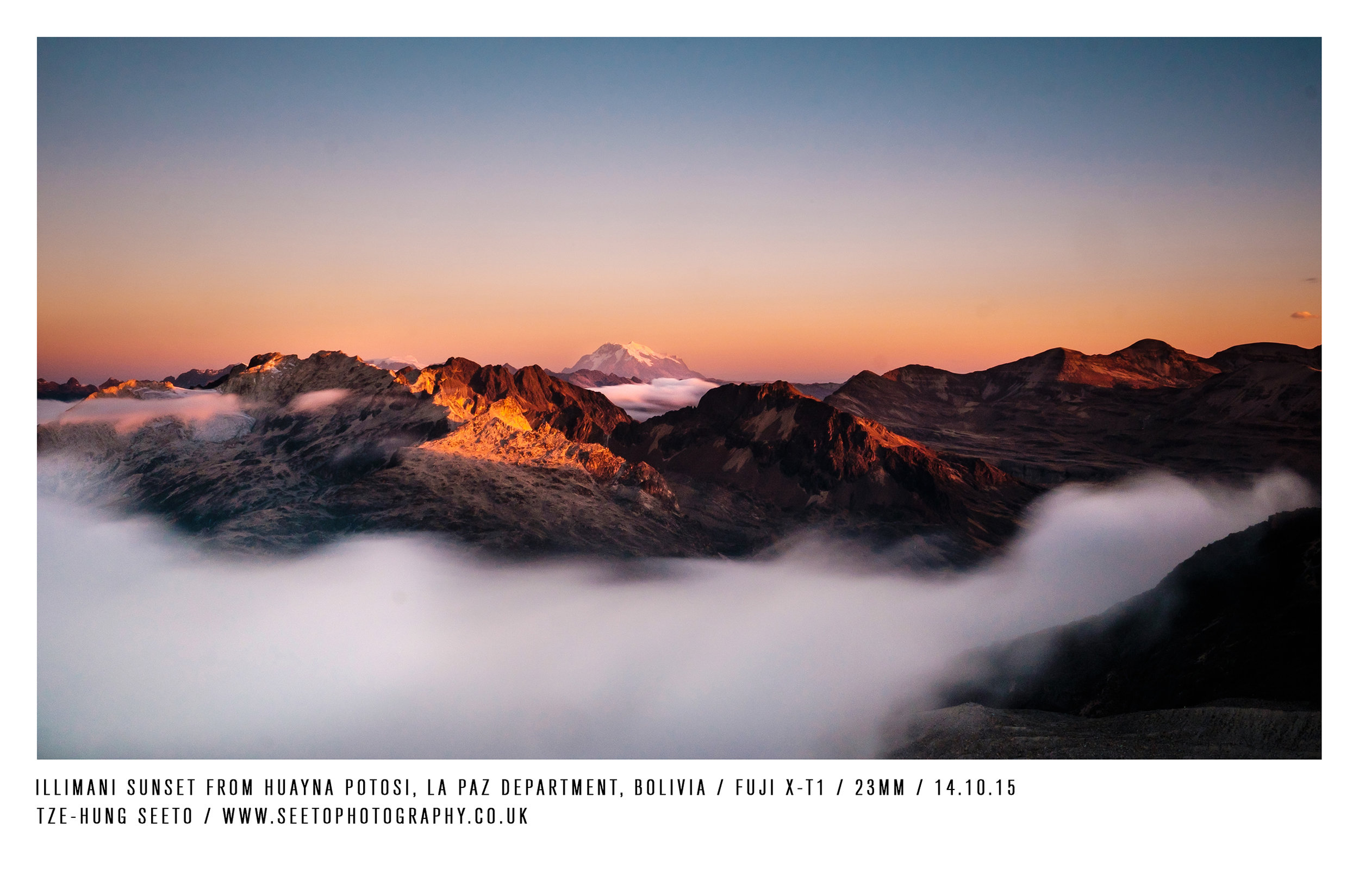
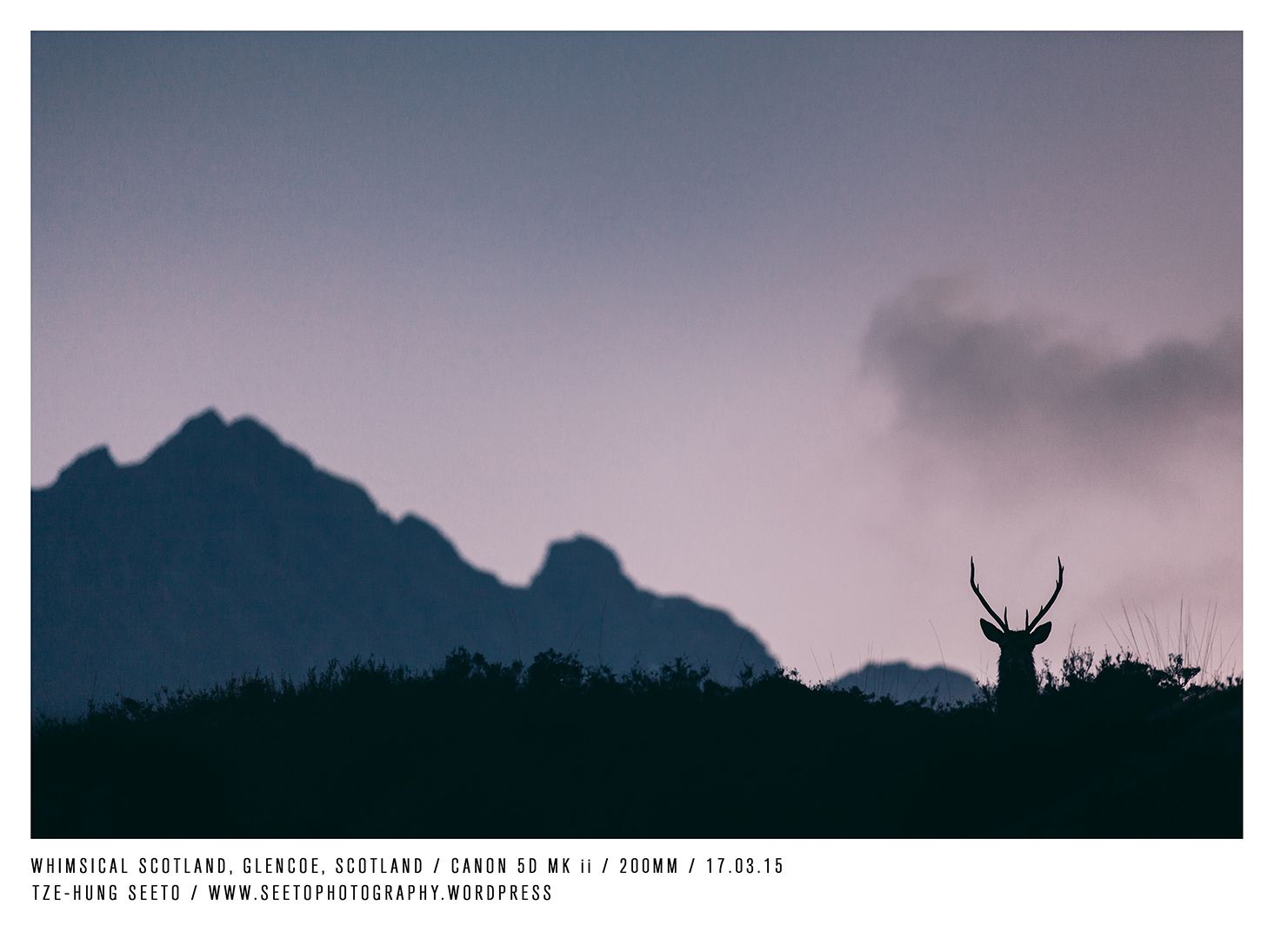
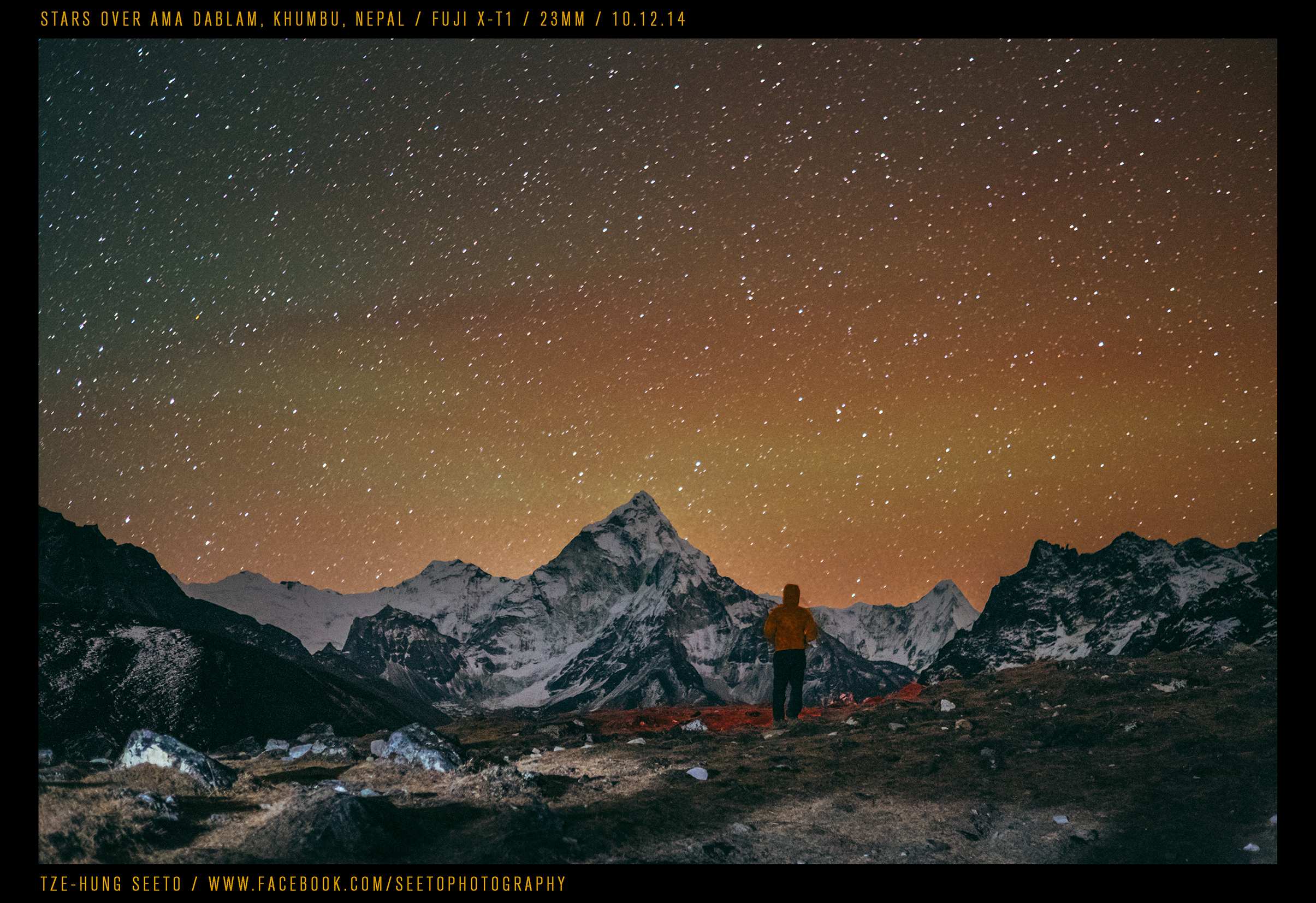
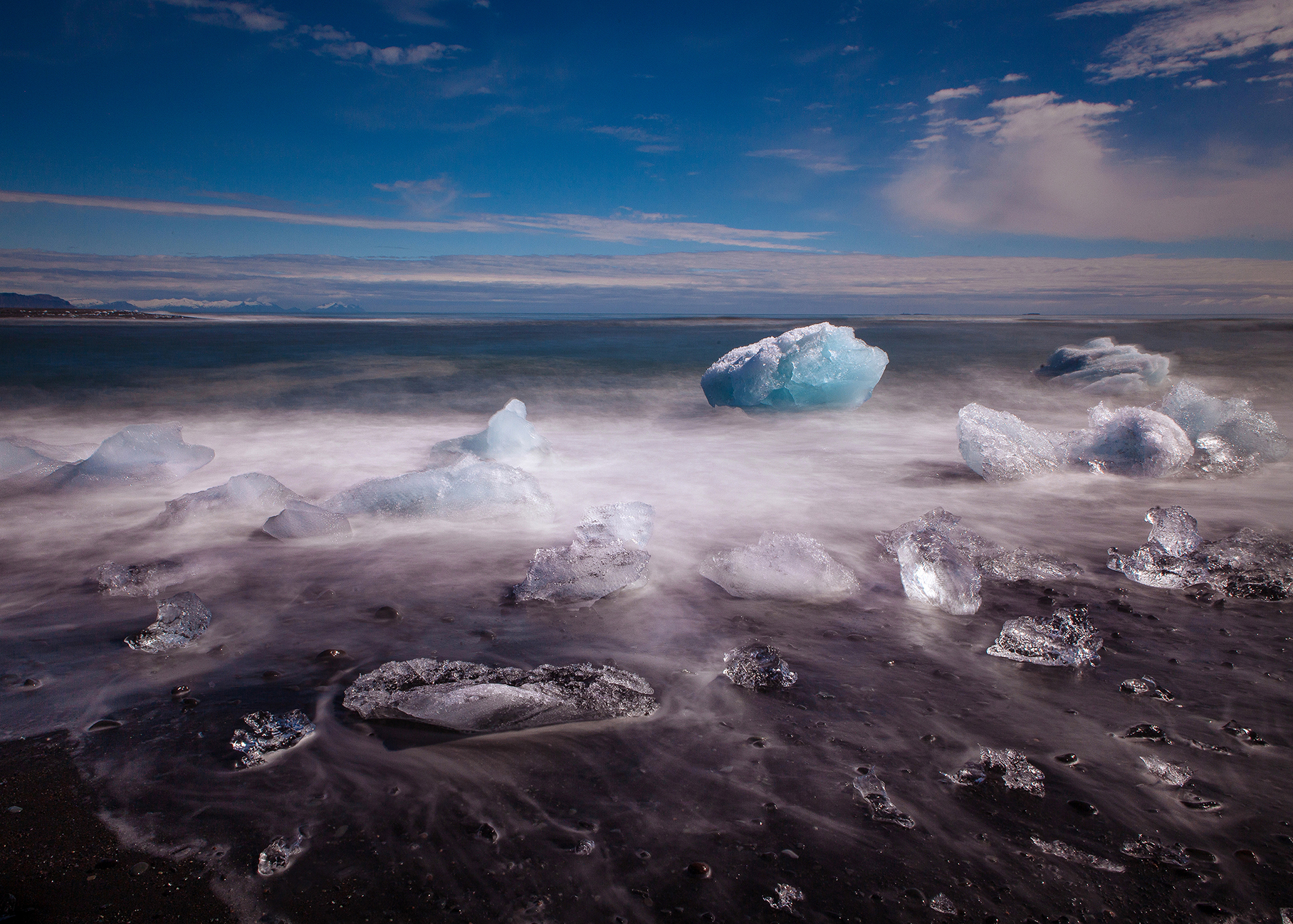
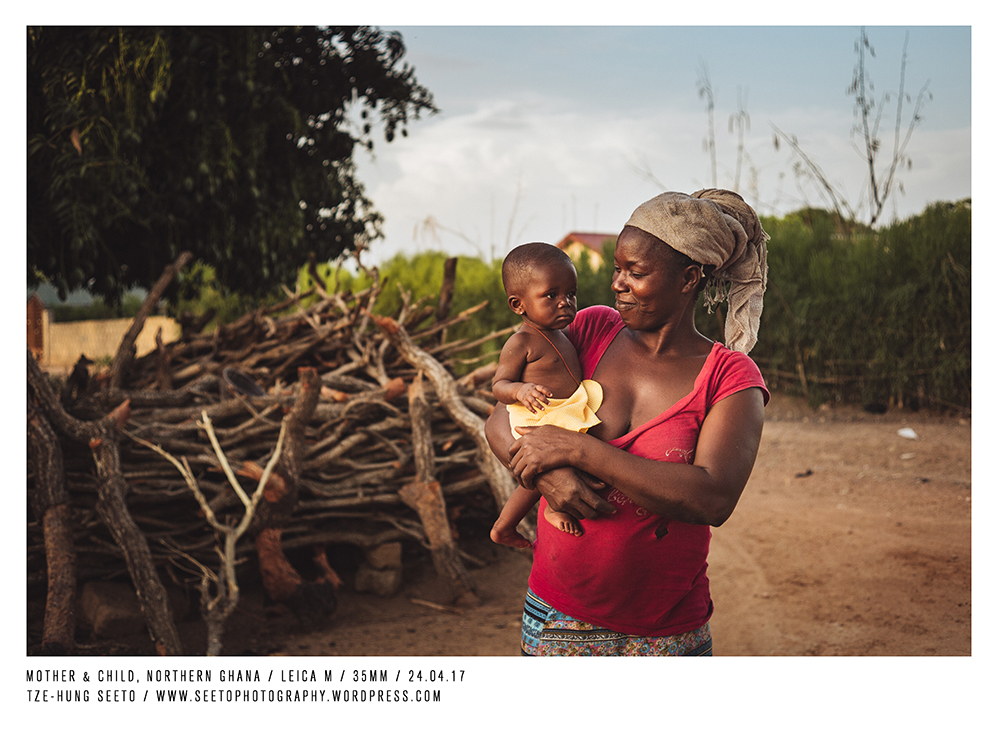
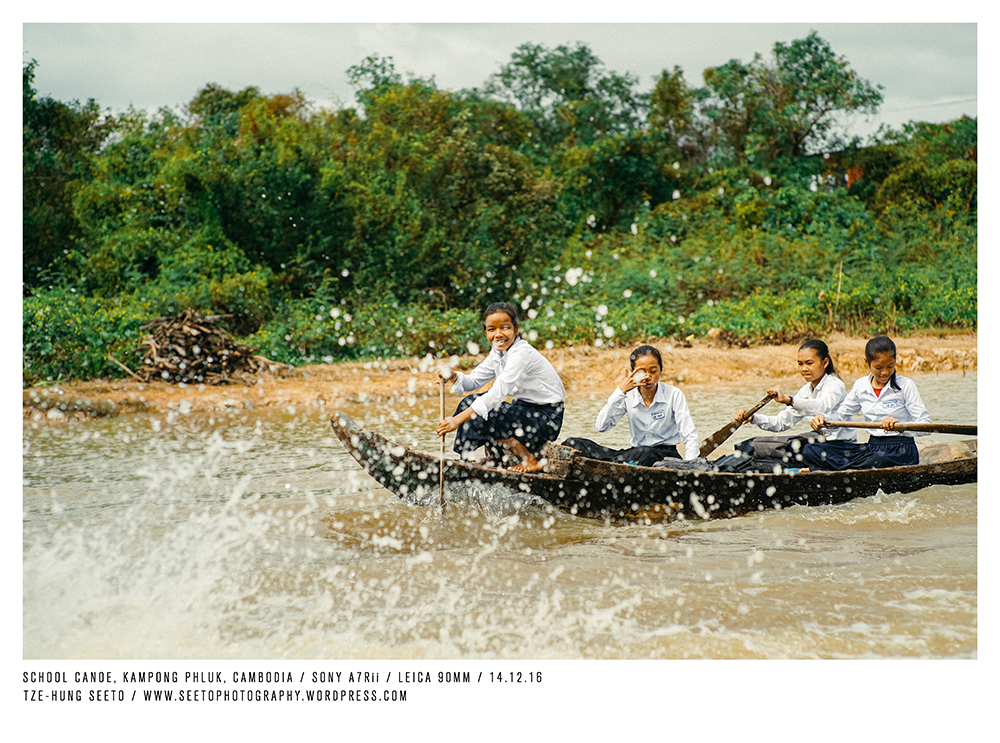
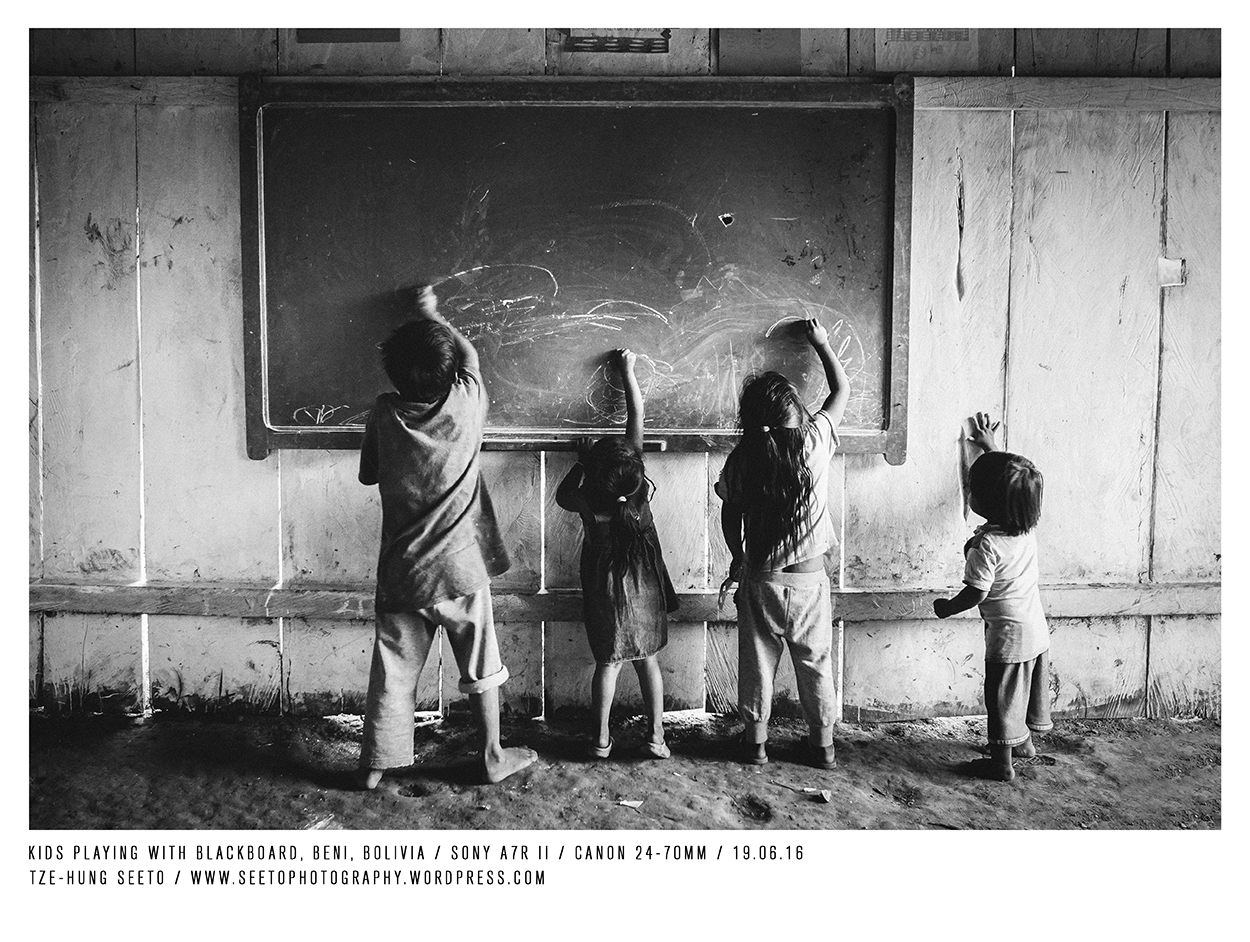
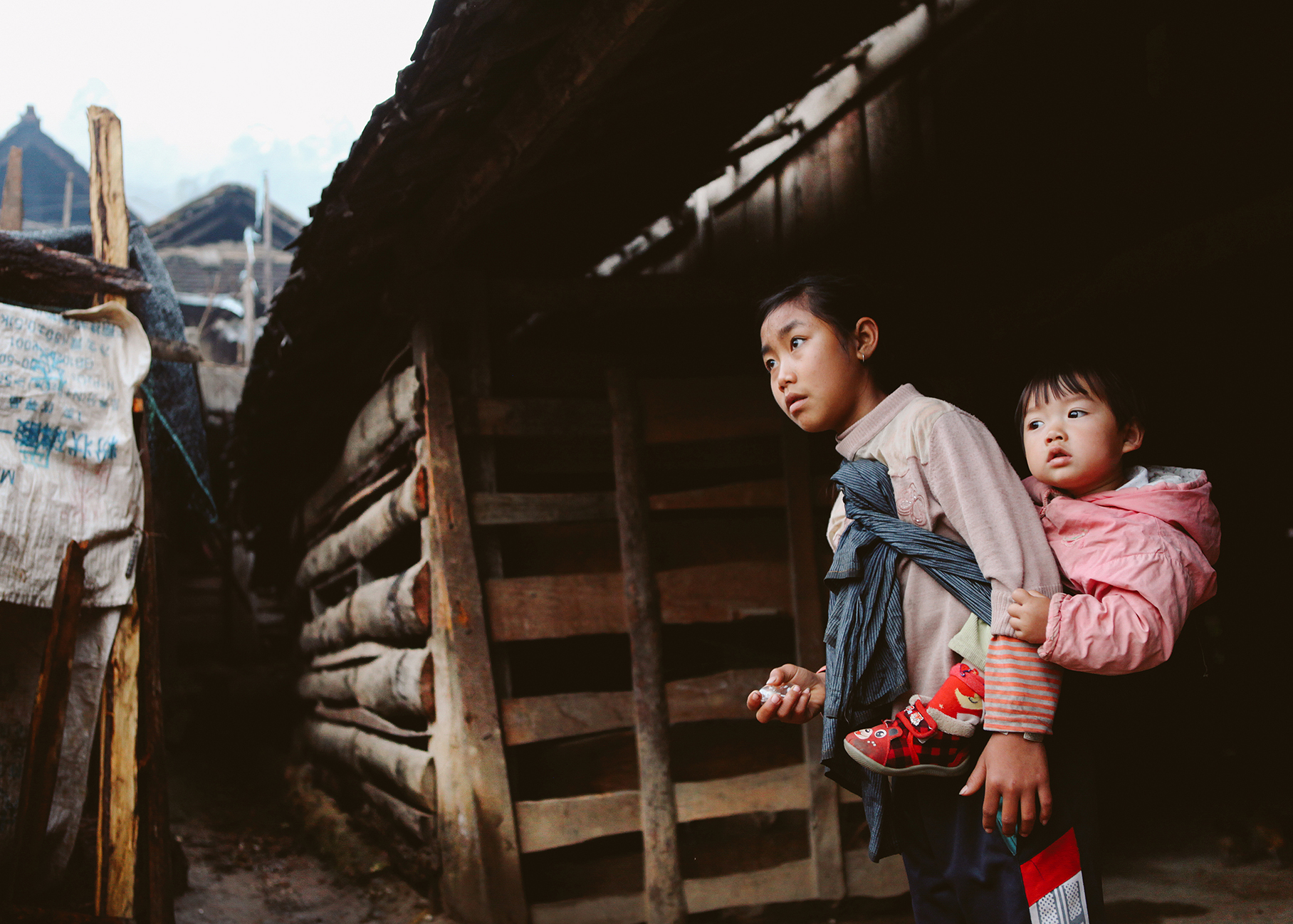

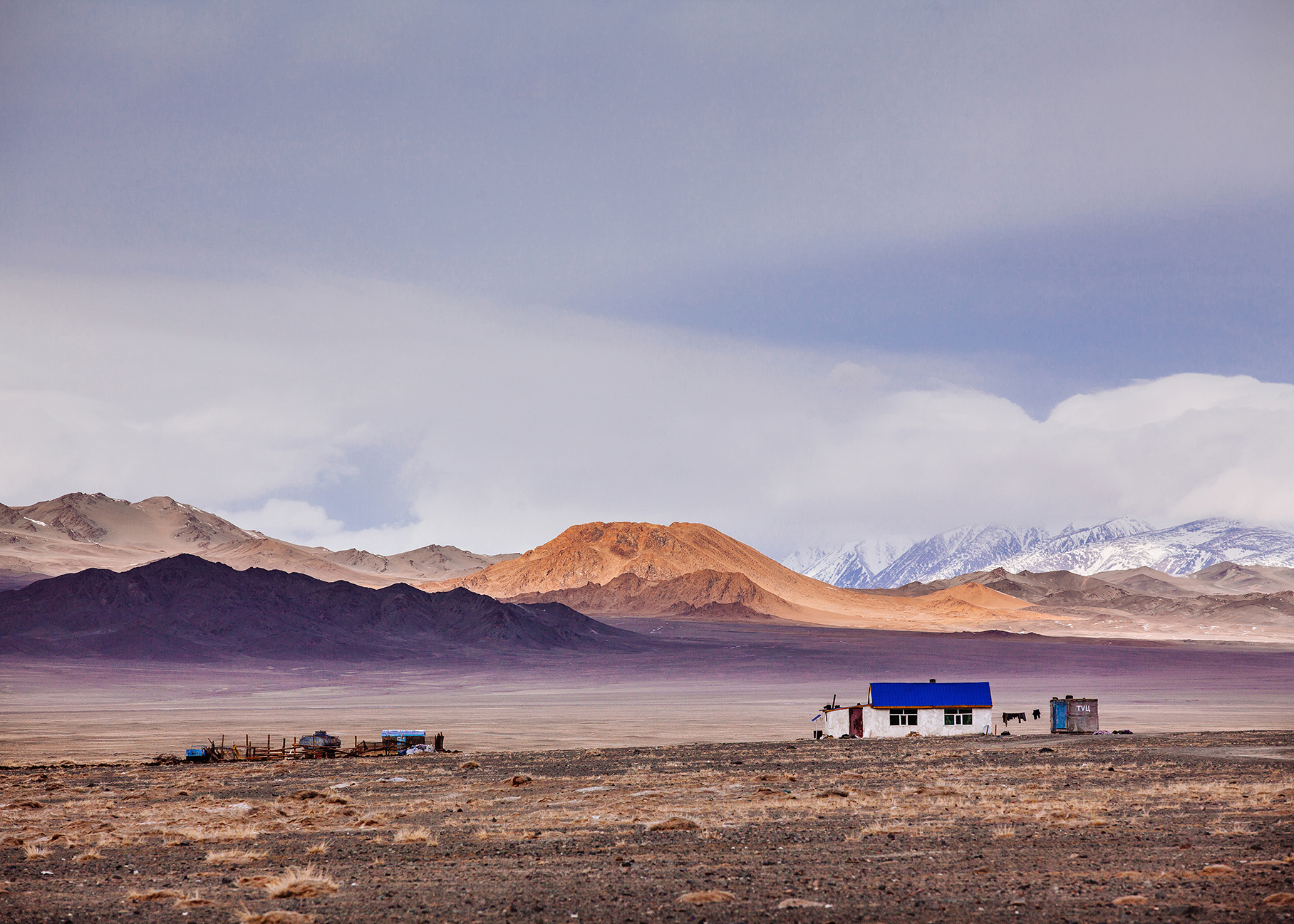
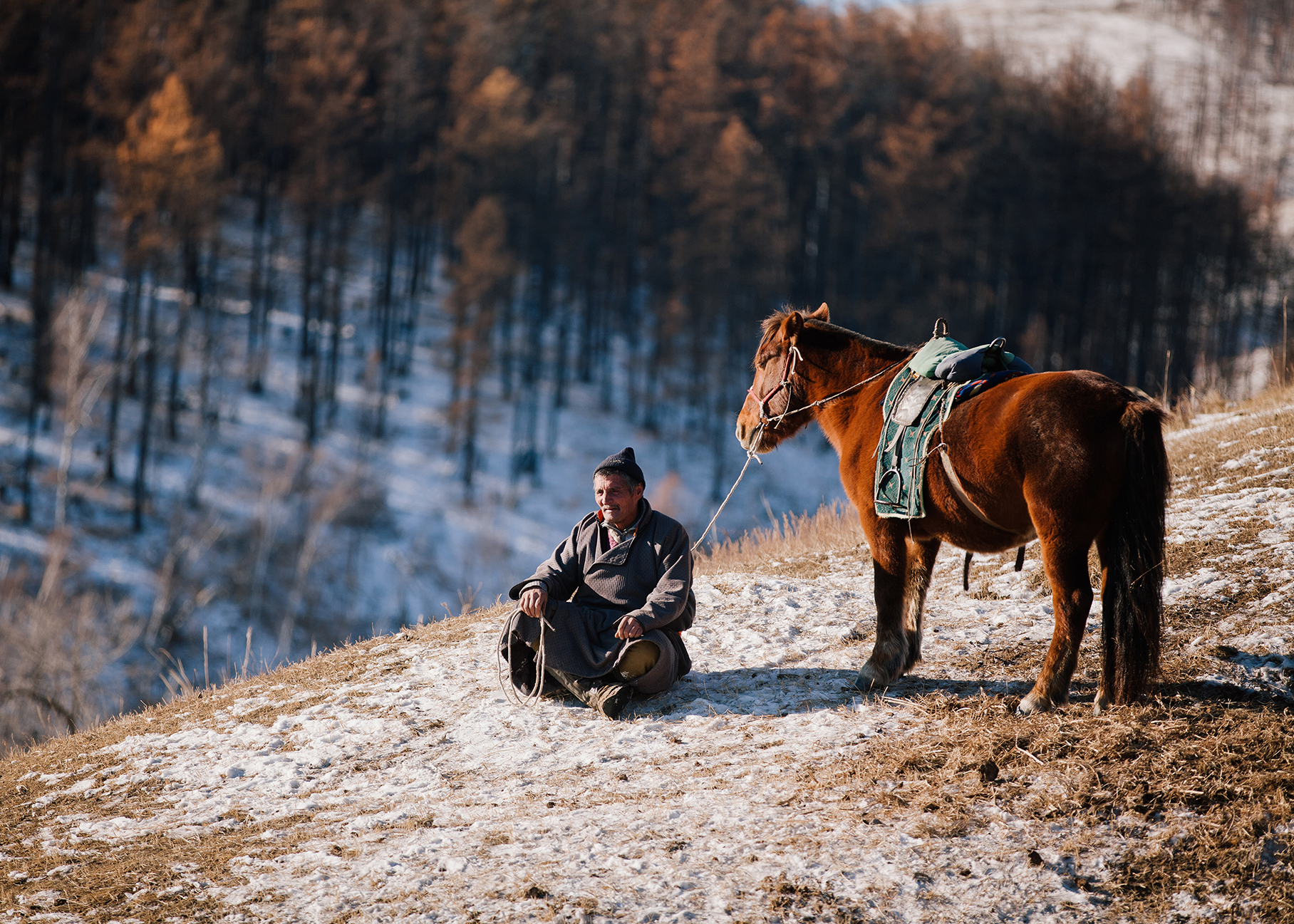

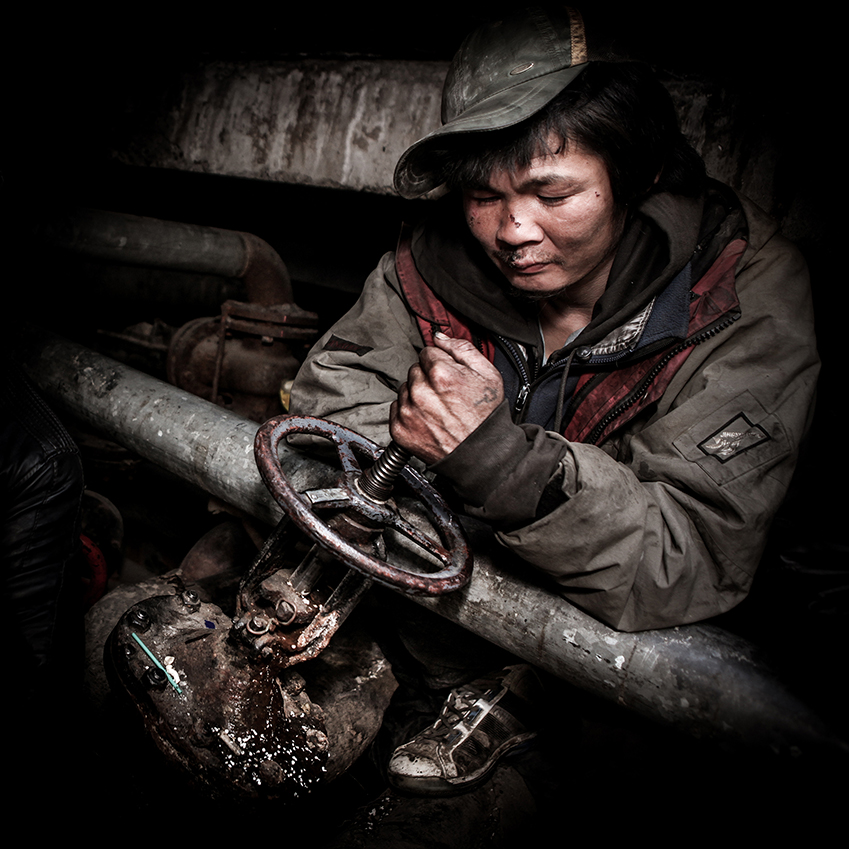

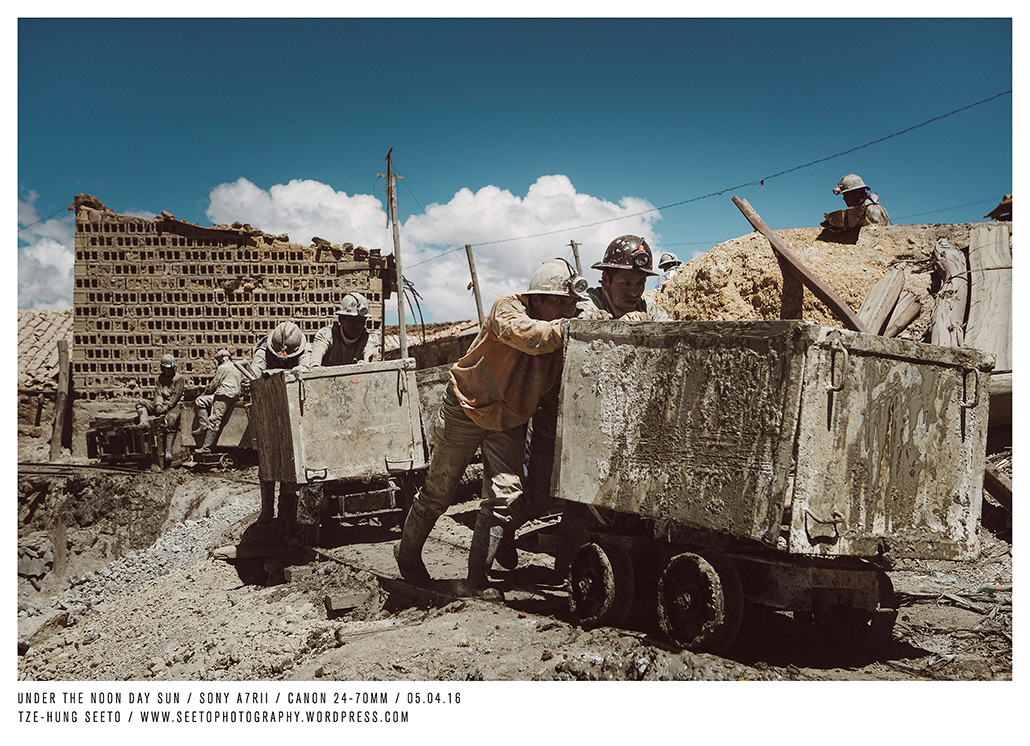
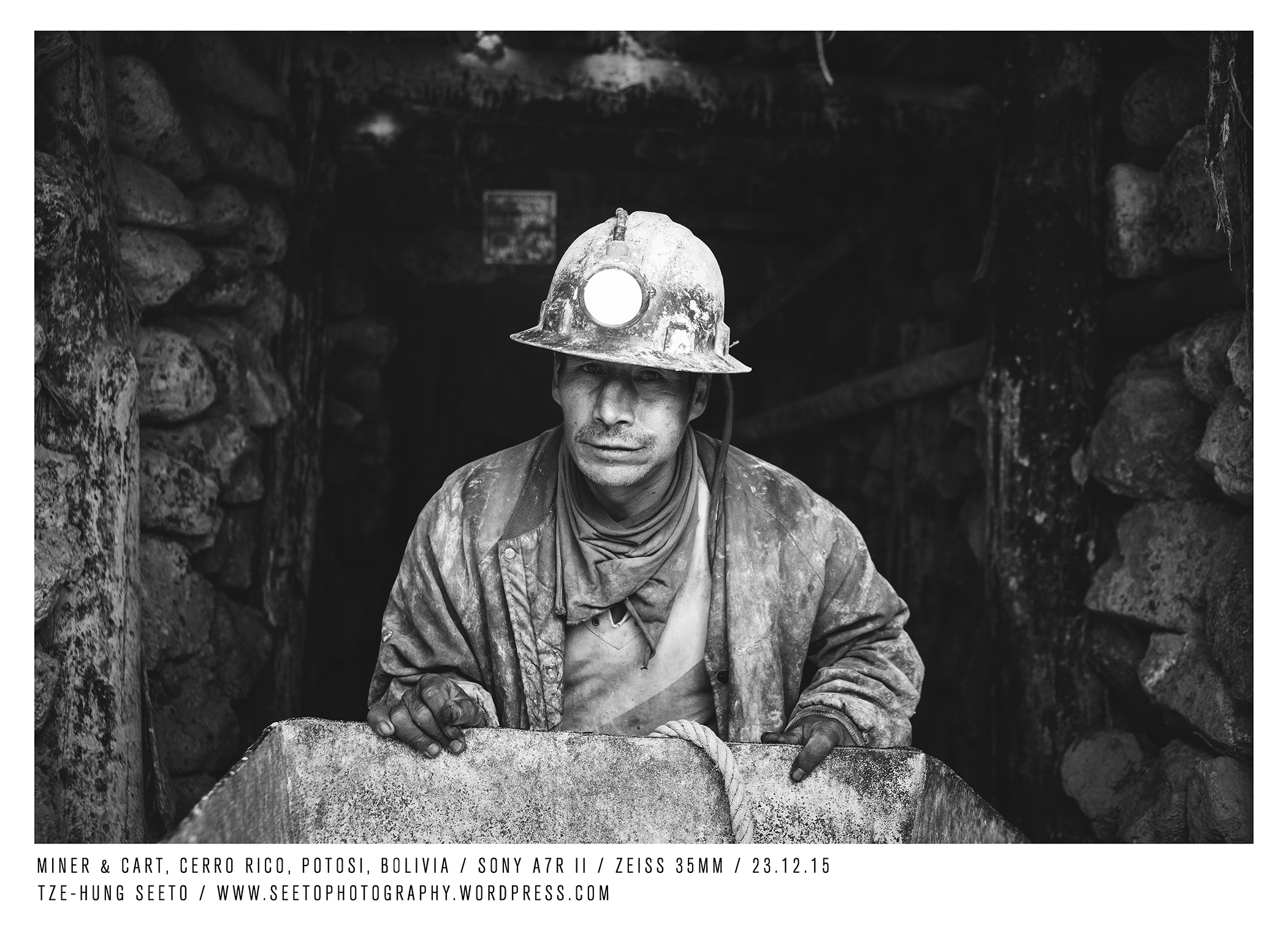



![USA, Oregon, Bryar's Point [Covenant]_CP.jpg](https://images.squarespace-cdn.com/content/v1/59a5caa79f7456e6827096fa/1529397523759-4Z38RTI9PLKZ599WOFJ0/USA%2C+Oregon%2C+Bryar%27s+Point+%5BCovenant%5D_CP.jpg)

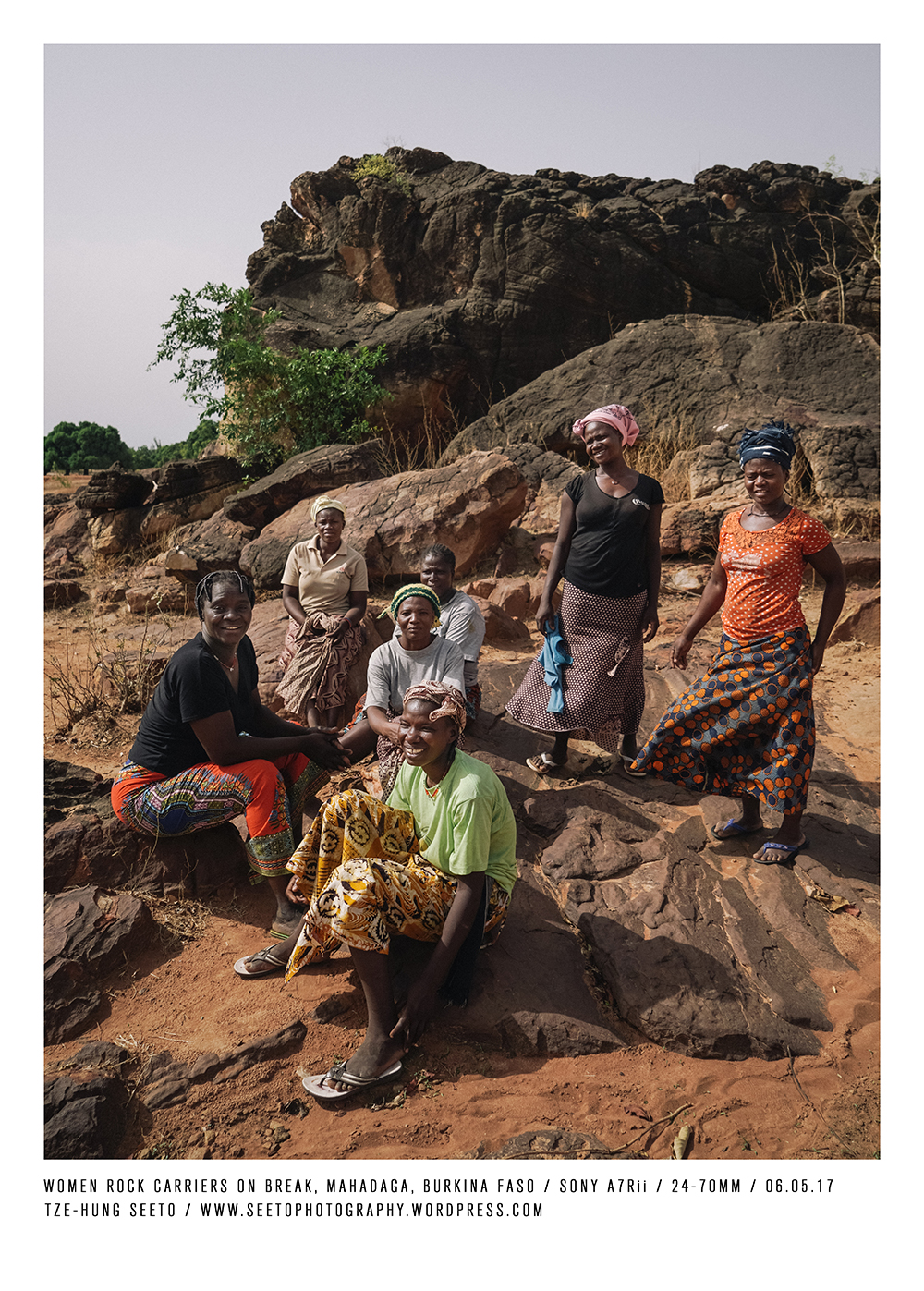
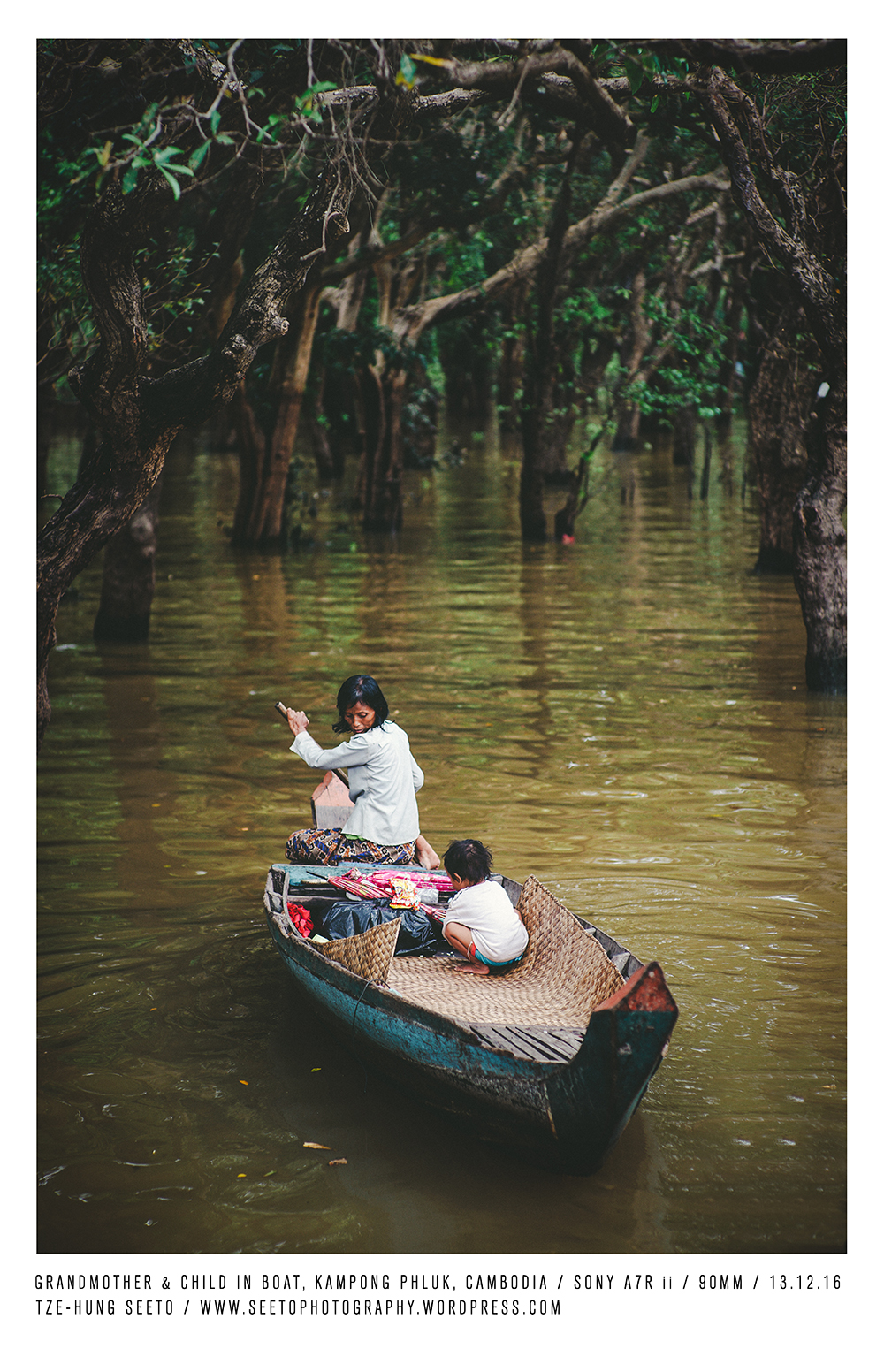
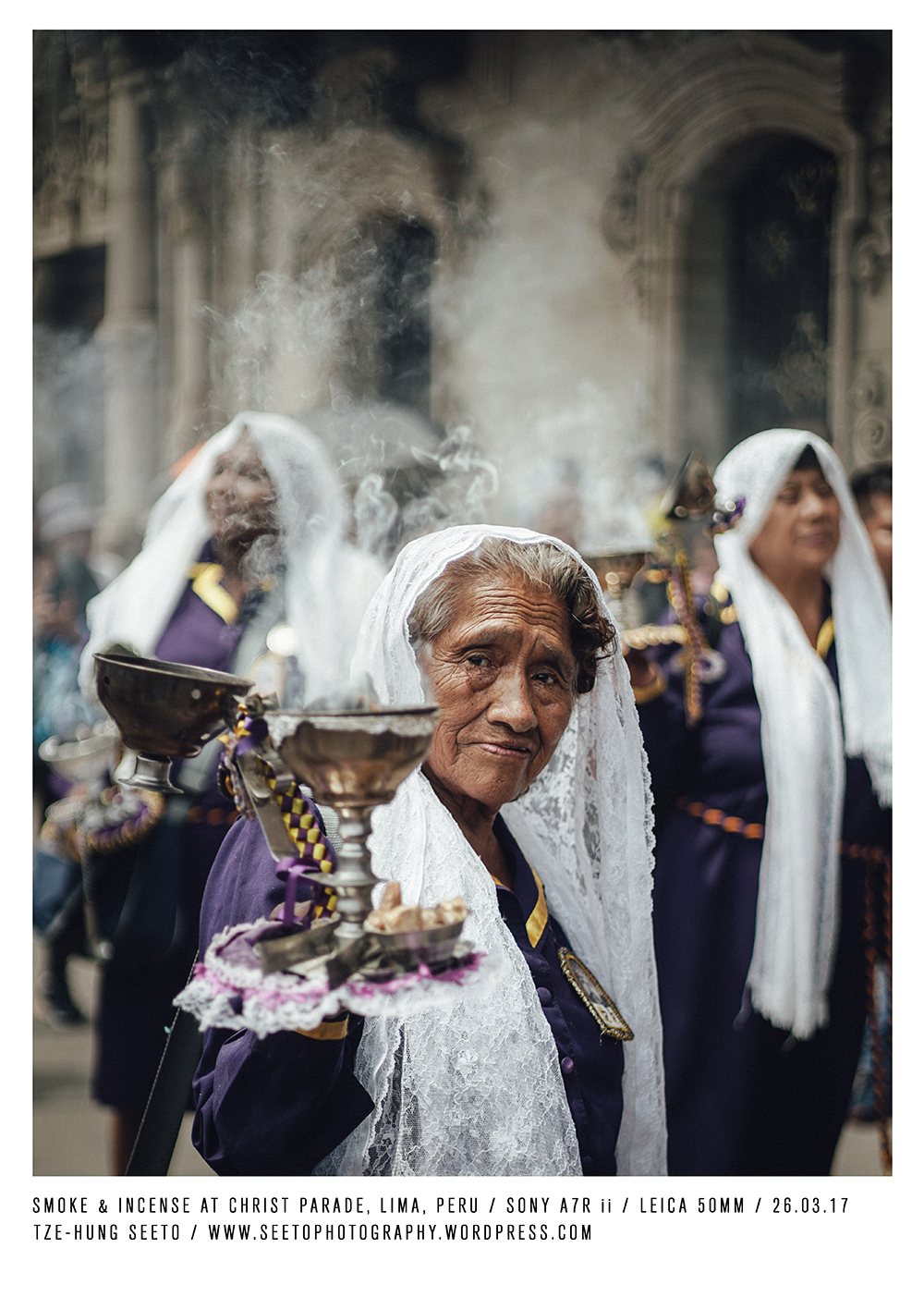
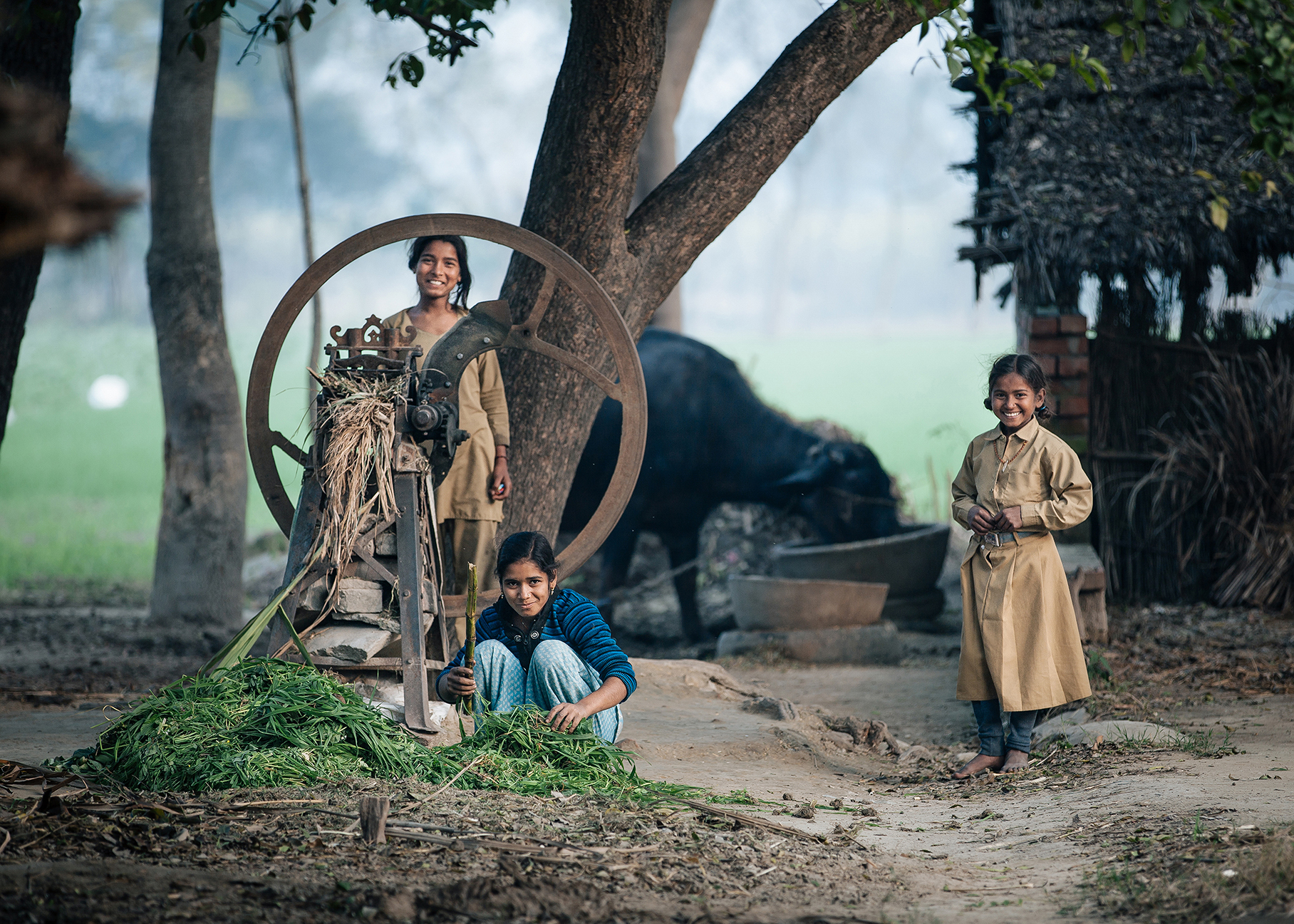
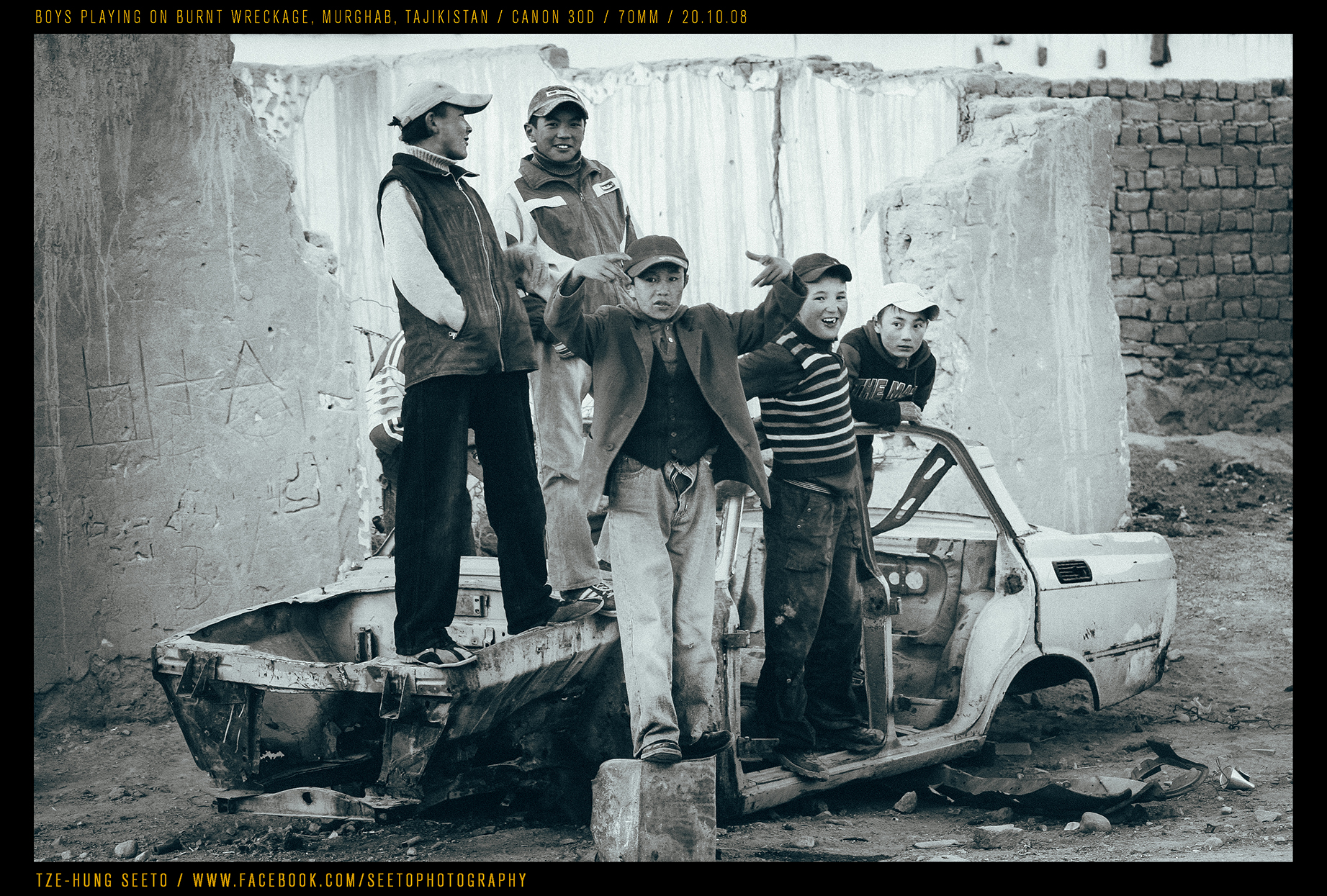



a singaporean-canadian couple on serving God faithfully